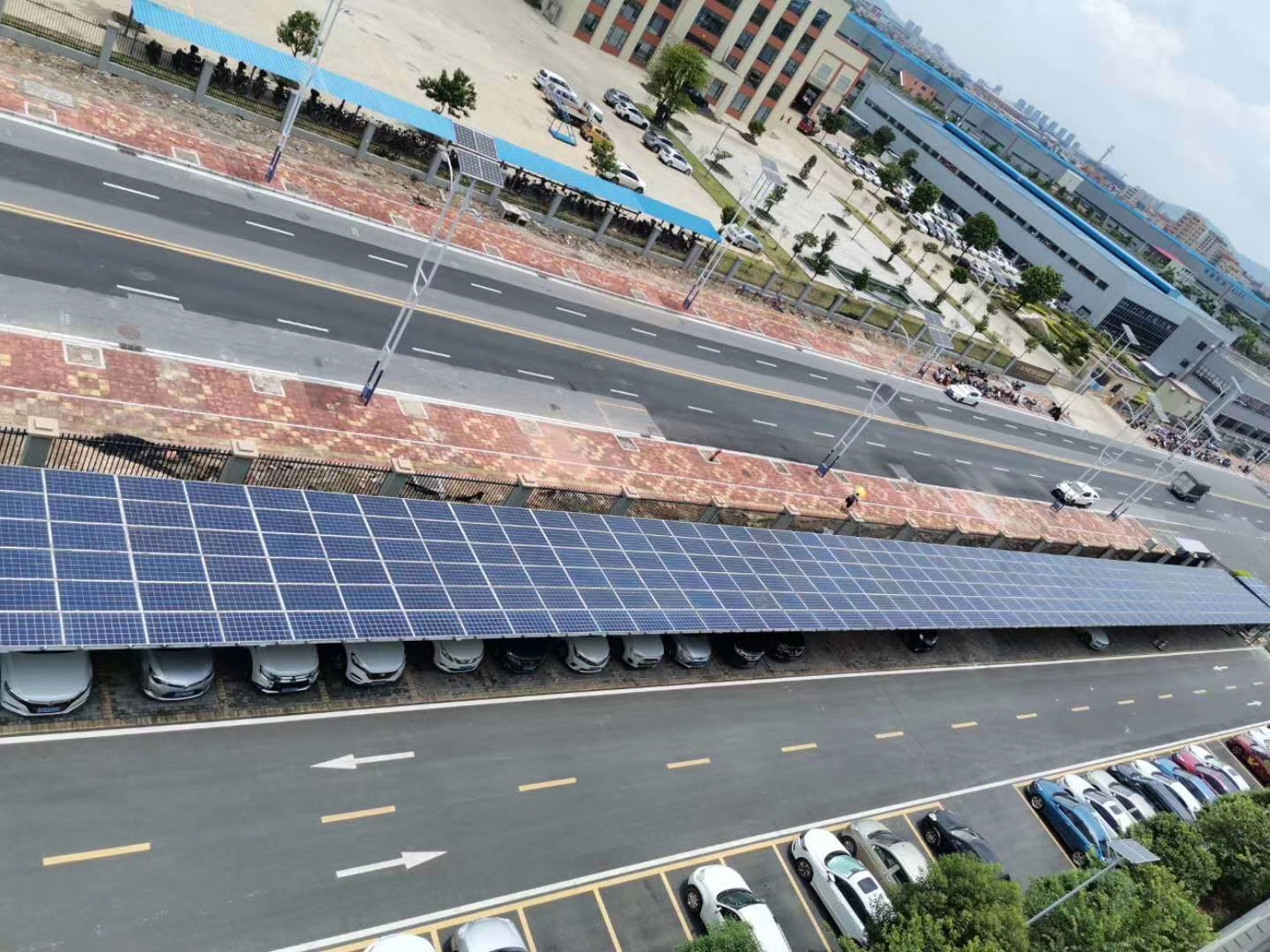With the rapid development of wind energy, photovoltaic and other renewable energy generation industry, grid interference, pollution and randomness caused by the abandonment of light and wind problems are becoming increasingly serious. Since 2011, through the subtle development, testing and application of chemical energy storage systems based on lithium iron phosphate battery packs, has overcome and continues to overcome one application problem after another in energy storage systems. The following is an introduction to the application of lithium iron phosphate group energy storage system and the advantages and disadvantages.
Lithium iron phosphate battery pack energy storage system components

- Control System
The LiFePO4 energy storage system is controlled by a programmable logic controller (PLC) and a human-machine interface (HMI). one of the key functions of the PLC system is to control the charging time and rate of the energy storage system. For example, the PLC receives real time data on the price of electricity and decides how quickly the battery system can be recharged based on the maximum allowable demand, the state of charge and the price comparison during peak/off-peak hours. This decision is dynamic and can be optimised on a case-by-case basis. It is integrated into the rest of the system by means of standardised communication inputs, control signals and power supply. It can be accessed via dial-up or the Internet. It has multiple defence layers to restrict access to its different functions and offers customised reporting and alarm functions for remote monitoring.
- Power Conversion System (PCS)
The function of the Power Conversion System is to charge and discharge batteries and to provide improved power quality, voltage support and frequency control for the local grid. It has a complex and fast-acting, multi-quadrant, dynamic controller (DSP) with dedicated control algorithms, capable of converting the output over the entire range of the device, i.e. cyclically from full power absorption to full power output. It works properly for any combination of reactive power and active and reactive power demand.

- Lithium iron phosphate battery stack
The stack is made up of a number of single cells. The Lithium Iron Phosphate battery pack energy storage system is capable of economically storing and delivering large scale power on demand, mainly in a stationary mode. It is a long-life, low-maintenance, high-efficiency technology that supports the stepless expansion of power and storage capacity. Energy storage systems are particularly effective for renewable energy suppliers, grid companies and end users.

Lithium iron phosphate energy storage systems can be applied in all parts of the electricity supply value chain, converting intermittent renewable electricity such as wind and solar into a stable electricity output; the optimal solution for supplying electricity in remote areas.
deferral of fixed investments in power grids, and applications for peak and valley reduction. Energy storage systems can also be used as a backup power source for substations and communication base stations. LiFePO4 energy storage systems are environmentally friendly, have the lowest ecological impact of any energy storage technology and do not use elements such as lead or cadmium as primary reactants.
Advantages of LiFePO4 battery pack energy storage systems
- The lithium iron phosphate battery has a long life. Cycle life of more than 2000 times, 3C cycle life of more than 800 times. Under the same conditions, lithium iron phosphate batteries can be used for 7 to 8 years.
- Safe to use. Lithium iron phosphate battery after strict safety testing, even in a violent collision will not produce an explosion.
- Fast charging. Using a special charger, 1.5C charging 40 minutes that can make the battery full, starting current up to 2C.
- Lithium iron phosphate battery high temperature resistance. Lithium iron phosphate battery thermal peak can reach 350 to 500 degrees Celsius, a wide range of operating temperatures (-20 ~ +75 ℃), high temperature (60 ℃).
- Lithium iron phosphate batteries have a large capacity. Energy density is 3 to 4 times that of lead-acid batteries, 2.5 times that of nickel-cadmium batteries, and 1.8 times that of nickel-metal hydride batteries.
- Lithium iron phosphate battery pack no memory effect. No matter what state the battery is in, it can be used as you go, no need to put it completely before charging.
Disadvantages of LiFePO4 battery pack energy storage systems
- poor consistency. Iron phosphate battery pack life is significantly lower than the single. Compared with other batteries lithium iron phosphate battery pack life has no significant advantage. In the secondary market there are a large number of battery packs that have not reached the expected life before they are eliminated.
- low temperature performance is not good. Below 0 degrees when the capacity drops quickly, in the low temperature cycle performance is extremely poor.
- in the sintering process during the preparation of lithium iron phosphate, there is the possibility of iron oxide being reduced to singlet iron in a high temperature reducing atmosphere. Monolithic iron can cause a micro-short circuit in the battery, is the most taboo material in the battery.
- the material preparation cost and the manufacturing cost of the battery is high, the battery yield is low, poor consistency.
- lithium iron phosphate battery cathode vibration density is small, the density is generally in the 0.8 to 1.3 or so.
In the process of continuous research and development and practice of energy storage systems, in addition to some practical problems designed a corresponding solution, but also further to other remote monitoring, cloud management system, big data collection and analysis and energy storage battery recycling, etc. to do the actual development and application. This is continuously applied and enhanced in future power station energy storage, home energy storage, communication energy storage and other different energy storage systems.












